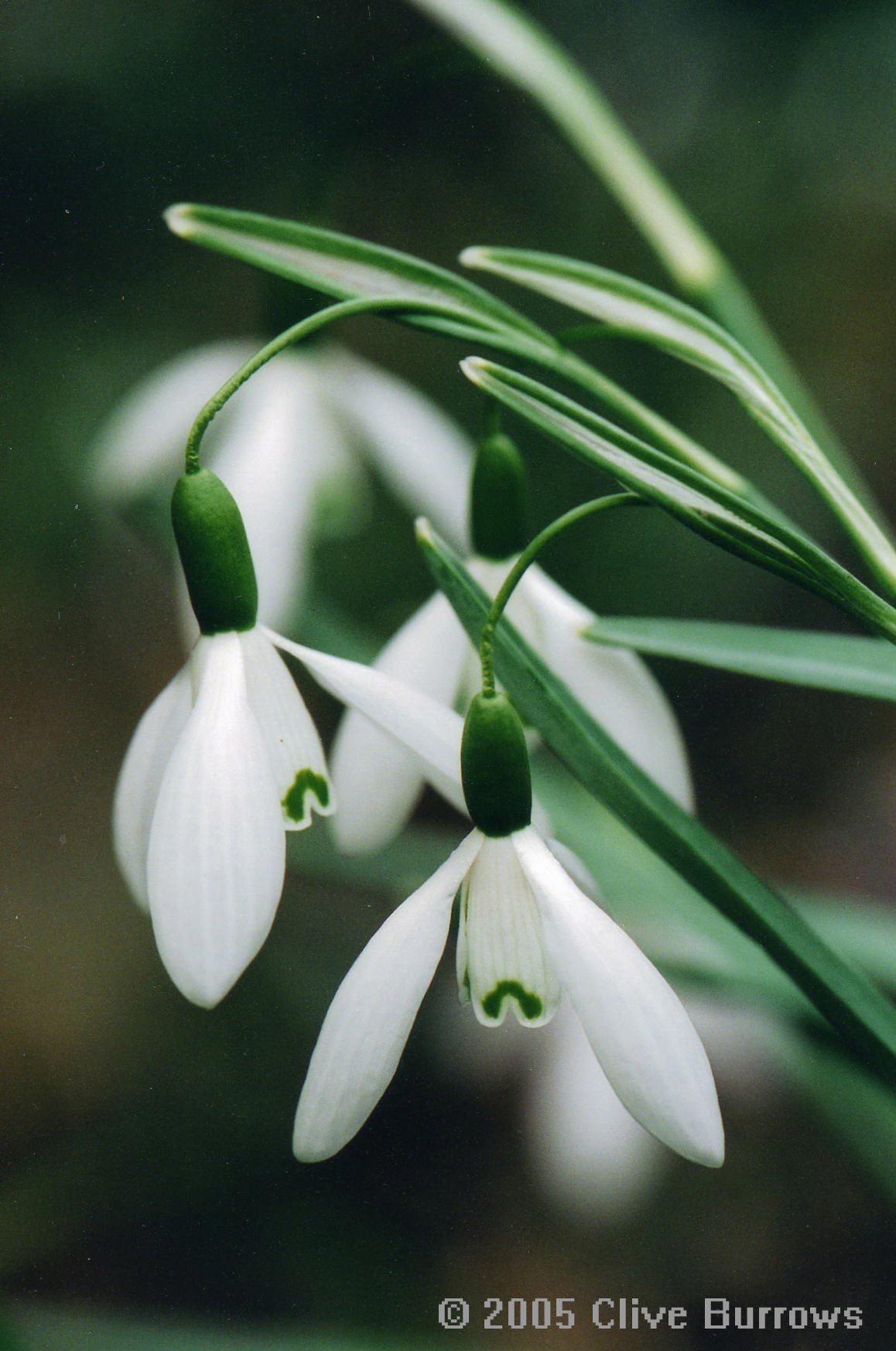
Quick: Think of a skunk. What's the first thing that comes to mind? For many, it's the animal's unmistakable eau de parfum. Which is too bad, because skunk spray has given the wrong impression about these gentle, non-aggressive creatures.
Cat-sized or smaller with long fur and long bushy tails, skunks are easily identified by their distinctive black and white coloration. These near-sighted creatures are omnivores and have a hearty appetite for grubs and insects that are pests to humans. They have also been known to consume mice and baby rats.
Skunks are members of the Mustelid family, a group that includes weasels, martens, and badgers. Found throughout almost all of North America except the far north, skunks often live in suburban areas—unbeknownst to their human neighbors. In the East, spotted skunks prefer agricultural landscapes and spend much of their lives in or near farmyards. Other species, such as the striped skunk, are adaptable to a variety of open, scrub, wooded, and developed habitats. Normally, skunks do not engage in long migrations and have home ranges that encompass a few hundred acres at most. Skunks can be active all year but will remain in dens during cold spells.
Normally, skunks do not engage in long migrations and have home ranges that encompass a few hundred acres at most. Skunks can be active all year but will remain in dens during cold spells.
Striped skunks breed in February and March and sometimes become quite noticeable when amorous male skunks seek out females who may not be in the mood. Generally, skunks are solitary animals, except when raising young or sharing a den during cold periods.
Baby skunks are generally born in May and June. Skunks den in cavities such as woodchuck burrows, hollow logs, brush piles, stone walls, and under buildings. A den is usually used for brief periods because of skunks' nomadic tendency. Once the babies are mobile, the mother will appear with young, traveling single file behind her.
A skunk's only defense is a familiar noxious odor created by a sulfuric acid that can be "fired" from either of two independently operating anal glands. Contrary to popular myth, striped skunks cannot spray over their backs. However, spotted skunks do have the unique ability to spray while doing a handstand. Skunks have a limited supply of ammunition; they don't waste their defensive spray, because they can't "reload" very quickly. Instead, they stamp their front feet as a warning when threatened, giving ample opportunity for an intruder to back off.
—Laura Simon, Director, Urban Wildlife, The Fund for Animals, New York City
Striped Skunk
 Found over most of the North American continent north, the Striped skunk is about the size of a house cat and can weigh up to 14 pounds.
Found over most of the North American continent north, the Striped skunk is about the size of a house cat and can weigh up to 14 pounds.Spotted Skunk
 The Western Spotted Skunk(S. gracilis) occupies mostly lowland wooded areas in North America west of the Continental Divide from southern British Columbia to Central America. The eastern species (S. putorius) is found opposite of the Divide in prairie and wooded areas south to Mexico but not as far east as the Great Lakes. The spotted skunks are smaller, faster and more agile than the striped skunks .
The Western Spotted Skunk(S. gracilis) occupies mostly lowland wooded areas in North America west of the Continental Divide from southern British Columbia to Central America. The eastern species (S. putorius) is found opposite of the Divide in prairie and wooded areas south to Mexico but not as far east as the Great Lakes. The spotted skunks are smaller, faster and more agile than the striped skunks .Hooded Skunk
 The Hooded Skunk can be distinguished from the Striped skunk by its longer tail and longer, softer coat of fur. A ruff of white fur around its neck gives the animal its common name. The hooded skunk is most abundant in Mexico, but its range extends into Central America and into the southwestern United States.
The Hooded Skunk can be distinguished from the Striped skunk by its longer tail and longer, softer coat of fur. A ruff of white fur around its neck gives the animal its common name. The hooded skunk is most abundant in Mexico, but its range extends into Central America and into the southwestern United States.Hog-nosed Skunk
 The individual hog-nosed skunk species vary in size, but among them is included the largest of all skunks. All are characterized by comparatively short hair, especially on the tail, and this appendage lacks the plumelike appearance observed in other skunks. The nose is prolonged into a distinct "snout", naked on the top and sides and evidently used for rooting in the earth after the manner of a pig. The hog-nosed skunk ranges from Mexico through central America and down to South America.
The individual hog-nosed skunk species vary in size, but among them is included the largest of all skunks. All are characterized by comparatively short hair, especially on the tail, and this appendage lacks the plumelike appearance observed in other skunks. The nose is prolonged into a distinct "snout", naked on the top and sides and evidently used for rooting in the earth after the manner of a pig. The hog-nosed skunk ranges from Mexico through central America and down to South America.
 "I'm adorable! Don't hate me!"
"I'm adorable! Don't hate me!"


